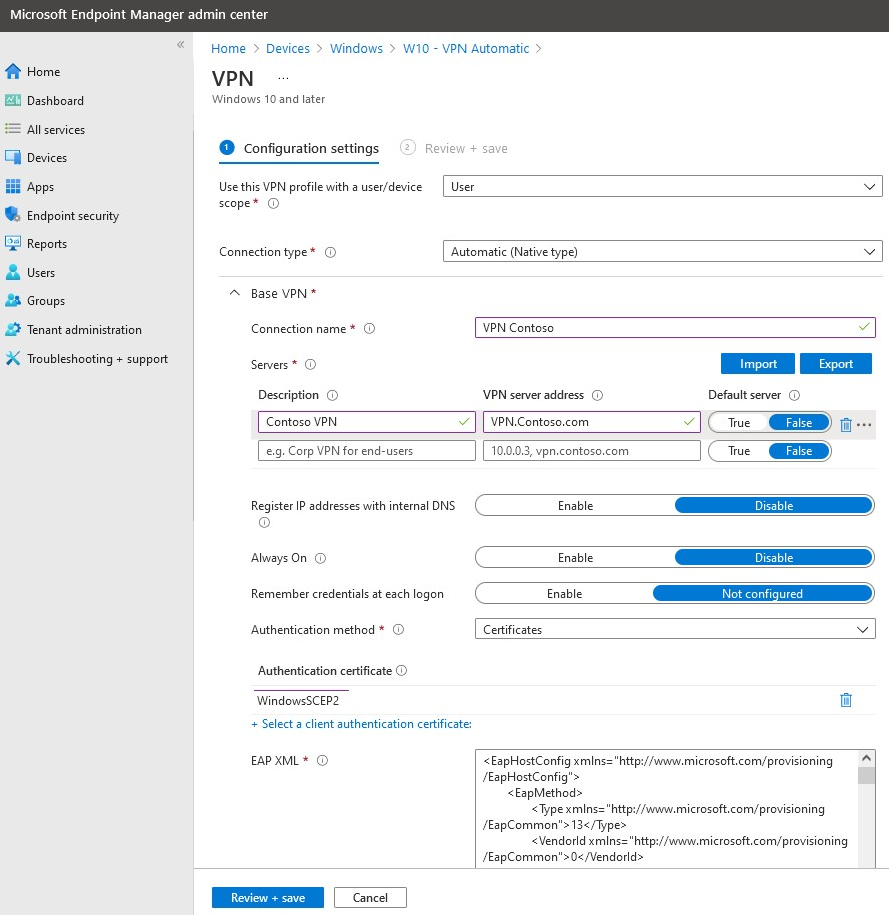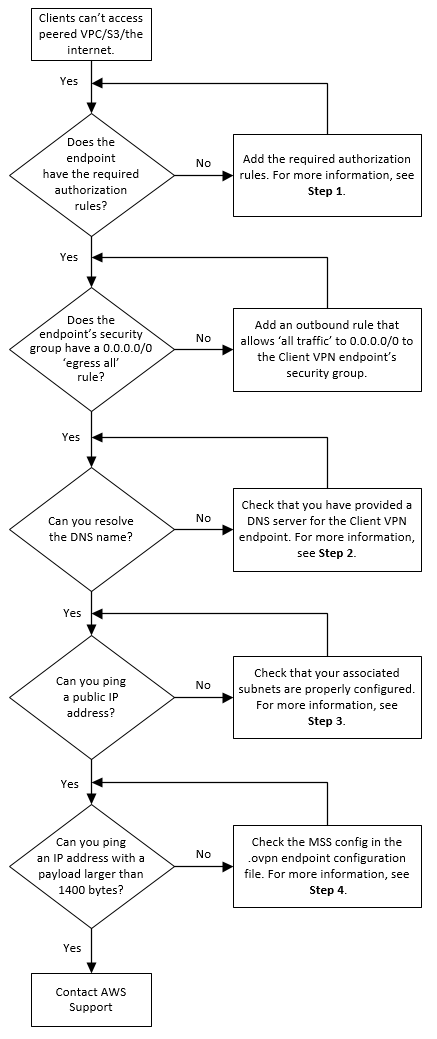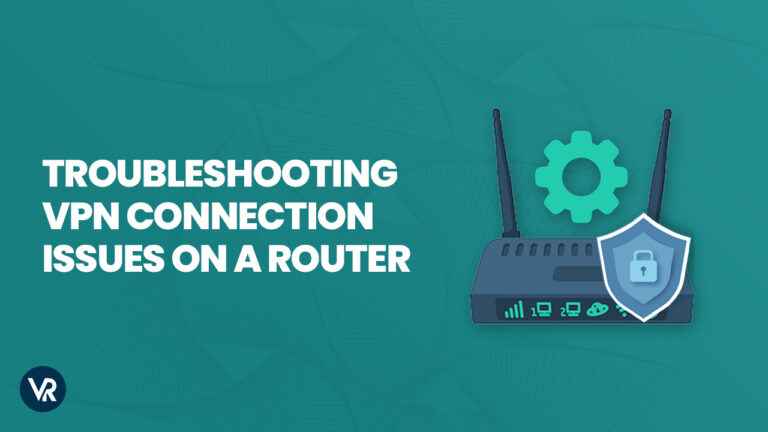Featured
Table of Contents
13 Tips To Troubleshoot Your Internet Connection

The Routing and Remote Access snap-in lives within the Microsoft Management Console, known as the MMC. There are multiple ways to access the MMC. You can pick the console from the Start menu's Programs alternatives, within the Administrative Tools folder within Windows server's Control board or by typing mmc at a command prompt.
As Tech, Republic's Brandon Vigliarolo shows within his video at the start of this short article, the Providers console shows the status of the Routing and Remote Access entry. From within the Services console and with the Routing and Remote Access entry highlighted, you can click Start the Service or right-click the entry and select Restart.
Often the VPN customer and VPN server are set to using different authentication methods. Validate whether an authentication error is the issue by opening the server console. Another method of accessing the MMC is to type Control+R to open a command timely in which you can type mmc and hit Enter or click OK.
If the entry isn't present, click File, select Add/Remove Snap-in, select the Routing and Remote Access choice from the options and click Add, then OK. With the Routing and Remote Gain access to snap-in added, right-click on the VPN server and click Characteristics. Examine the Security tab to confirm the authentication approach.
Troubleshooting And Known Issues
Guarantee the VPN customer is set to the authentication technique specified within the Security tab. Normally the products simply examined are accountable for most VPN connection rejection mistakes.
Each Web-based VPN connection usually utilizes two different IP addresses for the VPN customer computer. This is the IP address that's used to develop the preliminary TCP/IP connection to the VPN server over the Web.

This IP address normally possesses the exact same subnet as the regional network and hence allows the client to communicate with the local network. When you set up the VPN server, you should configure a DHCP server to assign addresses to customers, or you can develop a bank of IP addresses to designate to clients straight from the VPN server.


If this choice is picked and the reliable remote gain access to policy is set to allow remote access, the user will be able to connect to the VPN. Although I have been unable to re-create the situation personally, I have actually heard reports that a bug exists in older Windows servers that can cause the connection to be accepted even if the efficient remote access policy is set to deny a user's connection.
Windows 11, 10 The Attempted Vpn Tunnels Failed

Another common VPN issue is that a connection is effectively established however the remote user is not able to access the network beyond the VPN server. By far, the most typical reason for this problem is that permission hasn't been given for the user to access the entire network. To permit a user to access the entire network, go to the Routing and Remote Access console and right-click on the VPN server that's having the problem.
At the top of the IP tab is an Enable IP Routing check box. If this check box is allowed, VPN users will be able to access the remainder of the network, assuming network firewalls and security-as-a-service settings allow. If the checkbox is not picked, these users will be able to gain access to only the VPN server, however absolutely nothing beyond.
If a user is calling straight into the VPN server, it's generally best to configure a fixed route between the client and the server. You can set up a fixed path by going to the Dial In tab of the user's residential or commercial properties sheet in Active Directory Users and Computers and choosing the Apply A Static Route check box.
Click the Add Route button and after that get in the location IP address and network mask in the space offered. The metric ought to be left at 1. If you're utilizing a DHCP server to designate IP addresses to customers, there are a couple of other issues that might trigger users not to be able to go beyond the VPN server.
Fix Internet Connection Problems On Android Devices
If the DHCP server appoints the user an IP address that is already in use in other places on the network, Windows will spot the dispute and avoid the user from accessing the rest of the network. Another typical issue is the user not receiving an address at all. The majority of the time, if the DHCP server can't assign the user an IP address, the connection will not make it this far.
If the customer is assigned an address in a range that's not present within the system's routing tables, the user will be unable to browse the network beyond the VPN server. Ensure the resources the user is trying to access are in fact on the network to which the user is connecting.
A VPN connection to the other subnet might, in fact, be required. A firewall or security as a service solution could likewise be to blame, so do not forget to review those options' settings, if such parts are present in between the VPN server and the resources the user seeks to reach.
The very first possibility is that one or more of the routers involved is performing IP package filtering. IP package filtering could prevent IP tunnel traffic. I advise inspecting the client, the server and any machines in between for IP packet filters. You can do this by clicking the Advanced button on each machine's TCP/IP Characteristics sheet, picking the Options tab from the Advanced TCP/IP Settings Properties sheet, selecting TCP/IP Filtering and clicking the Residences button.
Latest Posts
10 Best Vpn Services Of 2023 - Top Vpns Rated By Experts
24 Best Vpn Services Available In 2023
Stay Safe On The Go With The Fastest Mobile Vpn